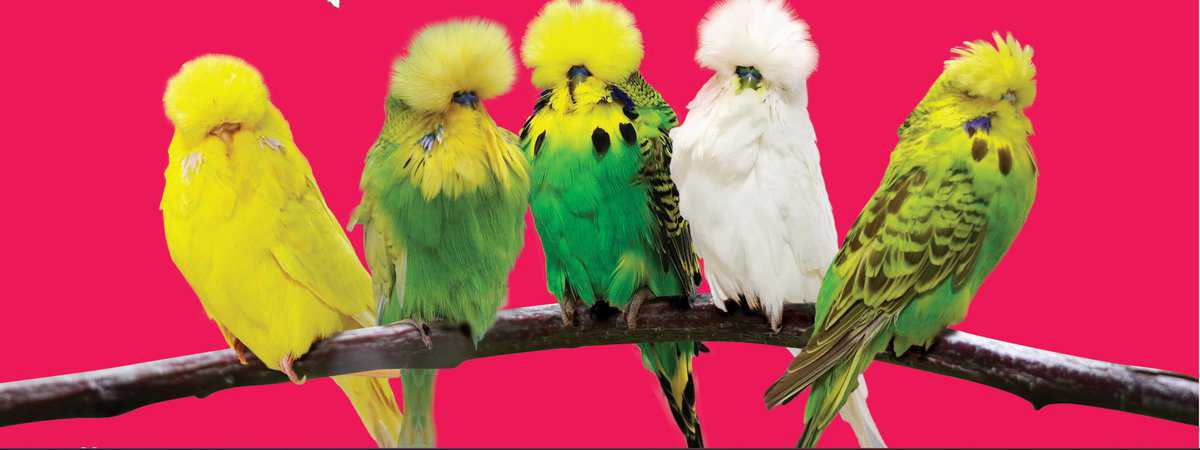Welcoming to the Budgerigar Council of South Australia’s guide to pet budgies also known as budgerigars or parakeets. Pet owners across all over the world are attracted by the small, chirpy birds. They are just behind the famous pet dogs and cats Budgies have earned their name as loving and smart, as well as very talkative.

Before bringing this adorable creature into your home it’s essential to comprehend their needs and temperament. This guide will provide you with the necessary information to live an enjoyable and healthy life for both you and your feathered companion.
A social butterfly in an extremely small body
Budgies thrive with companionship. In the wild, they live in large groups, constantly chirping and interacting with each the other. While a single budgie can have a strong bond with the human who owns it, especially if given plenty of attention it is best to have a feathered friend. If you’re not able to handle two birds, spend time with the single bird to avoid lonely.
Chatterboxes that have an Flair to mimic
One of the most endearing characteristics of a pet Budgie is their ability to mimic sounds. If they are patient and trained, the budgies are able to learn phrases and words, which adds a the perfect amount of enjoyment to their chirps and whistles. The vocabulary of budgies could differ. Certain budgies become chatterboxes, and others prefer to whistle. Their playful vocalizations will bring joy to your face regardless of how proficient they can talk.
Rainbow on Wings
Budgie birds are available with a range of colors. From the traditional combination of yellow and light blue to vivid shades of green, violet, and white. Breeders have created a myriad of mutations throughout the years, so you’re certain to find a bird that matches your personality. Beyond appearance, these color variations can often indicate age or sex. This makes them an excellent conversation starter at the pet store.
How do you live big even in a small area
Although budgies are small but they still require plenty of room to fly, climb and explore. The ideal cage size is 20 inches long, 12 inches deep and 18 inches high. The bigger the cage, the better. Perches in varying heights in terms of textures and sizes keep your bird entertained. Also, rotate your toys often to prevent boredom. Natural sunlight is good however you must avoid placing the cage in direct sunlight for extended periods.
A Budgie-Approved Diet
A healthy budgie bird diet consists primarily of a high-quality pelleted food formulated for small parrots. They’ll receive the nutritional supplements they need to develop. Include in their pellet diet fresh fruits and veggies like chopped greens, carrots, and apples (be sure to remove the seeds). The cuttlebone keeps their beaks in good shape and supply vital minerals. You should ensure that they have the freshest, clean water.
Making a Connection with your Feathered Best Friend
To master your bird, you need patience and a soft touch. Start by slowly approaching the cage and speaking gently to your bird. To build trust, offer treats such as millet spray to your bird via the bars of the cage. When your pet is comfortable, you can step inside the cage. Be persistent, but not forceful. It could be weeks or even days.
A Lifelong commitment
If properly taken care of the budgies will last up to 12 years. Before you welcome one into your home, think about your lifestyle and the commitment you will make to them over time. Are you able to provide them regular interaction and a tidy and stimulating environment? If yes it, then a pet budgie could be the perfect pet to enrich your life by entertaining chatter and antics.
The Budgerigar Council of South Australia promotes responsible pet ownership. Contact an avian veterinarian for assistance if you have any questions or concerns regarding the care of your bird’s friend.
